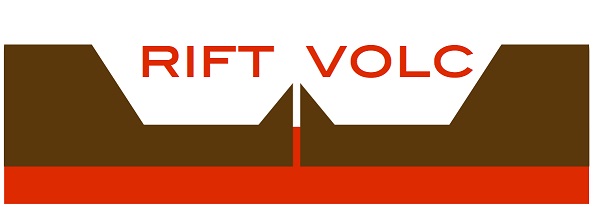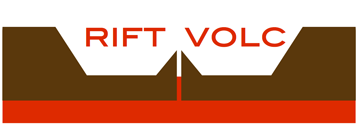Final Conference

The UK RiftVolc Consortium is running a 3 day Conference in Hawassa, Ethiopia, 9-11 January 2019, to celebrate the culmination of this 5-year project.
Hawassa is a growing city alongside one of the beautiful lakes in the region of the East African rift dominated by lakes and caldera-forming volcanoes, several of which are being explored or exploited for geothermal energy. This will be a wide-ranging meeting on magmatic rifting, with invited speakers as well as speakers from within the Consortium. There will be sessions covering the geological and eruptive history of the region, magmatic processes, geophysical imaging, monitoring of volcanic centres, and current and future hazard. We welcome attendance from all interested scientists, and there will be the opportunity for both oral and poster contributions. There will be a day-long field trip to local sites of scientific interest on 12 January.
Hawassa has its own airport with regular connections to Addis Ababa, but is also accessible by road. The conference will take place at a luxury hotel on the shore of Lake Hawassa with its own conference centre, extensive grounds and swimming pool.
We are very pleased to announce that we now have our invited keynote speakers confirmed - they are:
- Dr Atalay Ayele (IGSSA, AAU)
- Ato Getahun Demissie
- Professor Cindy Ebinger (Tulane University)
- Dr Will Hutchison (St Andrews University)
- Professor Matthieu Kervyn (Vrije Universiteit Brussel)
Registration is now closed.
On advertising the conference we received a lovely response from Paul Mohr, Emeritus Professor at the Department of Geology at the National University of Ireland and formerly a staff member at the Addis Ababa Geophysical Observatory from 1959 to 1976 and Acting Director in 1964.
Thank you for kindly notifying me of the UK RiftVolc Consortium’s forthcoming Conference on the geology, geophysics and volcano-seismic hazards of the Hawassa region. It is not the least inappropriate to be held within a large caldera, now surely extinct but not so the smaller Corbetti caldera on its northern rim.
I would dearly like to attend the conference and hear and discuss with the speakers and attendees there, but I am no longer as young as I used to be in the years when I worked in the Hawassa region. In those days there was not a single dwelling, not even a tukul around the shores of Lake Hawassa, only Chabbi volcano steaming through its carapace of fresh obsidian lava: and wonderful bird life around the reedy shores.
It is interesting to read the accounts of the first geologists who came through the region at the beginning of the 19thcentury. They noted the profusion of elephants, lions, giraffe, hippopotamus and other large game! - (related in my book ‘Africa Beckoning: explorers of eastern Africa, its rift valleys and geology . .’). Today it is an utterly different world, but the science is fascinating.
I would like to wish the Conference every success, and I will be most interested to read the publications that ensue.
Paul served as head of the Geology Department at the University College Galway - later the National University of Ireland - and as acting director of the Geophysical Observatory at Haile Selassie I University, now AAU. Alongside Dr. Miller at Cambridge University, he made the first radiometric dating of Ethiopian lavas and his work had established that there was a widening rate of 6 mm per year across the Ethiopian rift valley.
